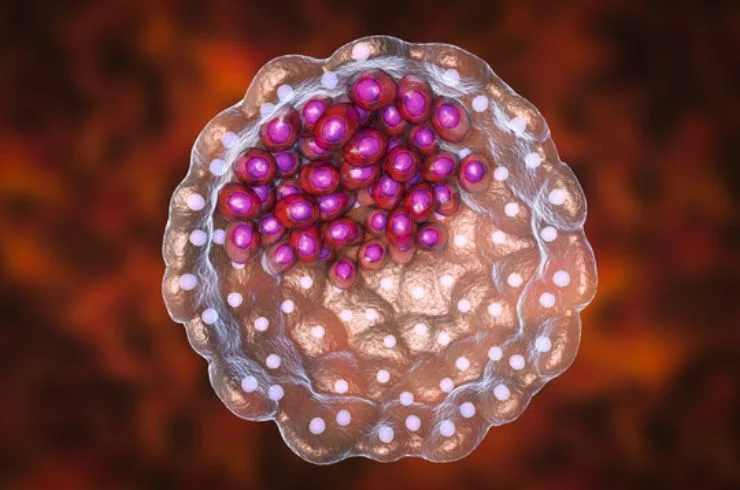
Blastocyst Culture is a vital laboratory technique used in in vitro fertilization (IVF) that involves cultivating fertilized eggs, or embryos, in a controlled environment for up to five days. This extended culture period allows the embryos to develop to the blastocyst stage, which is typically reached around day 5 or 6 after fertilization. The blastocyst stage is crucial for several reasons:
Importance of Blastocyst Culture
Enhanced Development Potential:
Selection of Quality Embryos:
Synchronizing Implantation:
Reduction of Multiple Pregnancies:
The Blastocyst Development Process
Days 1 to 3:
Days 4 to 6:
Embryo Transfer:
Benefits of Blastocyst Culture
Higher Success Rates:
Informed Decision-Making:
Reduced Need for Embryo Transfers: